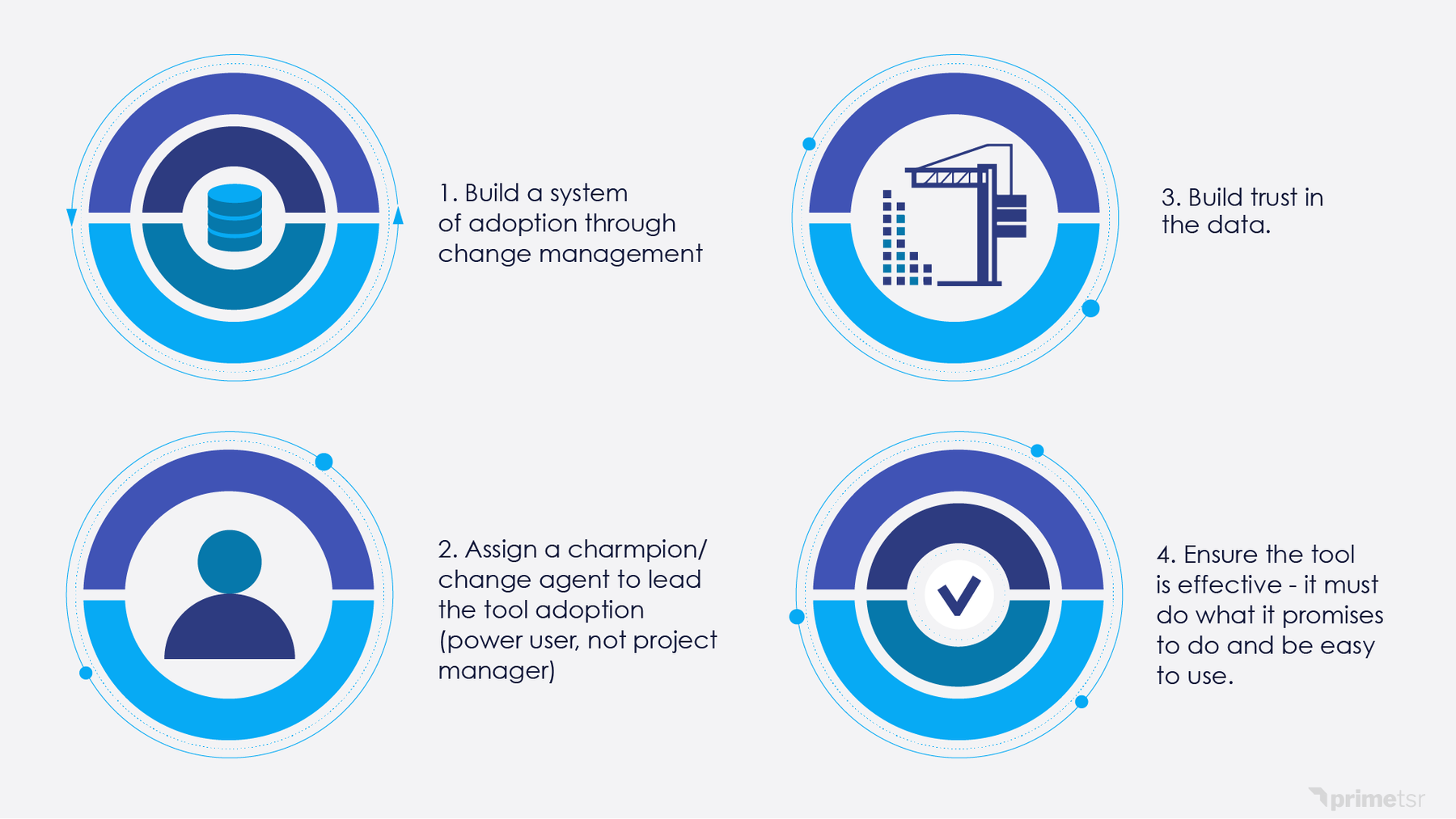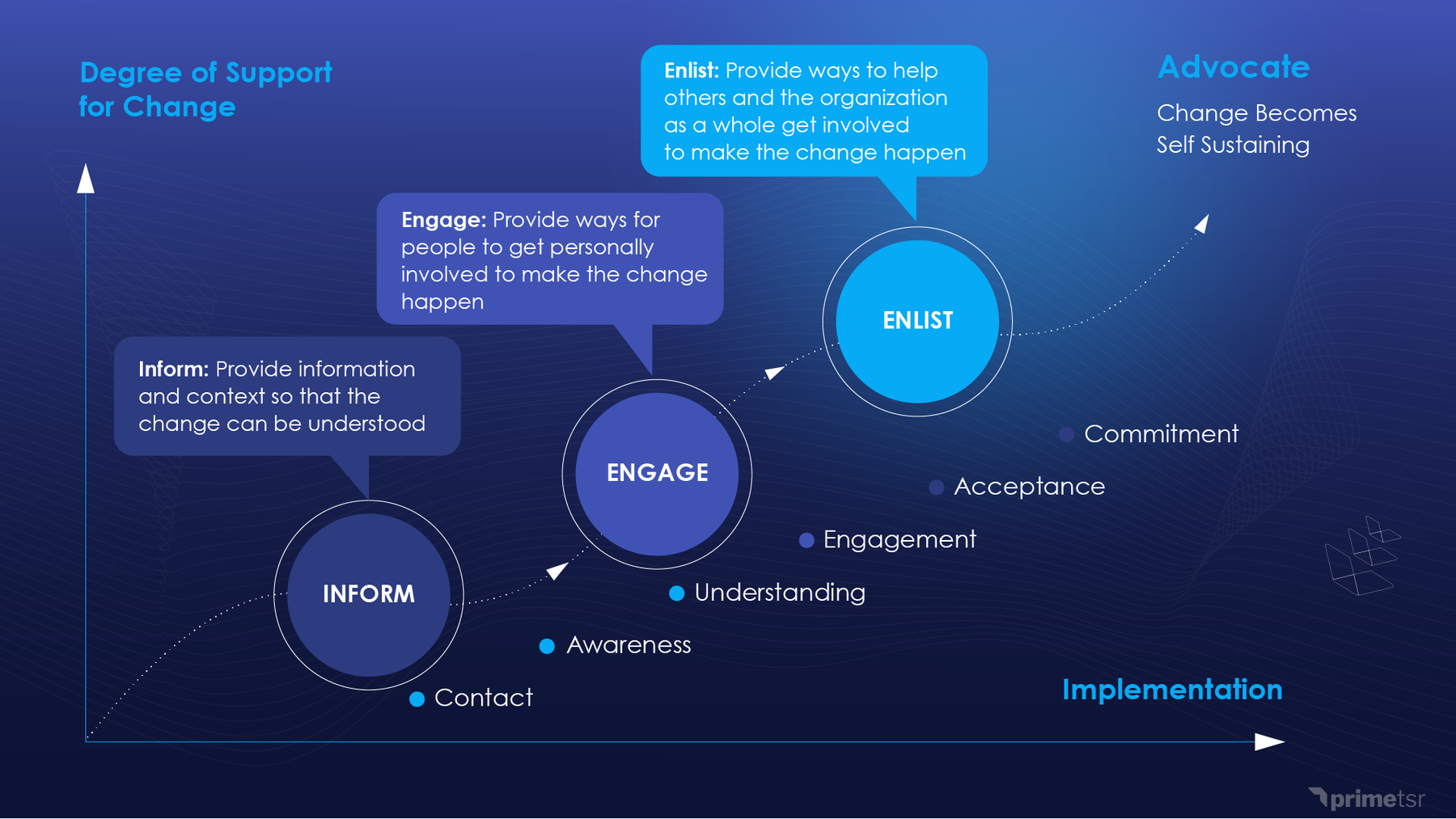I was in a quarterly review meeting with the Business and IT executive leadership teams when the Business Intelligence (BI) project leader was presenting the results of the reporting system implementation that completed six months prior.
As the leader presented what reports were now available in the system, the CIO interrupted and asked a very simple question:
“How are we adopting the Business Intelligence tool? Can you show me those numbers?”
The presenter stalled a bit and failed to respond with a sufficient answer.
After a bit of prodding, it was revealed that the business users were not adopting the tool. In fact, many of them hadn’t logged into the system in months and reverted back to Excel and other ad-hoc means.
It wasn’t the first time I’ve seen companies struggle with Business Intelligence adoption. Based on my experience, there are several reasons why BI systems do not get adopted by business users:
- The reports don’t exactly match what the users need, so they struggle with it and end up going back to what they’re most comfortable with (Excel and manually retrieving data).
- Users don’t know how to use it, even when they have been trained on it.
- Users don’t trust the data.
- Users are too comfortable with Excel, and the BI solution is “harder than Excel.”
So, what can you do about this? If you’re the leader being put on the spot by the CIO to come up with the next steps, what do you say?
From my experience, it comes down to doing these four things:


Build a system of user adoption through change management.
Change is good. Change without a clearly communicated approach, with strong reasoning behind why things are changing, almost always fails.
A few things happen when a proper change management framework is executed:
- Streamlined implementation (in this case, adoption)
- Predictably successful results
- Realization of intended business results
The more complex the change, the more multi-dimensional and intuitive the approach needs to be. My recommendation is to bring on a team that’s seen these BI rollouts through previous implementations to help you structure the adoption of the BI systems.
With the right change management framework, you can empower your change agents to make the changes needed to improve adoption. More on change agents in the next section.


Find your change agent, quickly.
Sending an email titled “MANDATORY USAGE OF BI TOOL” is hardly an effective method of getting your users to partake in your BI solution, even though I’ve seen this tactic used often. It doesn’t work. If anything, it alienates your users even more.
Also, you know that mandatory BI training from 6 months ago? Well, your users have already forgotten about it, even though you have the “Onboard users” checked off.
Here’s what I do and recommend to all my clients:
Find the power user, quickly. Ideally, it’s someone who is a staunch advocate of data AND has built out the more complex reporting examples from the user group. Ask them if they’ll work with the technical team in developing the BI platform and champion the process to get others using the tool. This must be someone who is part of other discussions and meetings where they can start advocating the benefits of using the platform to other business users.



